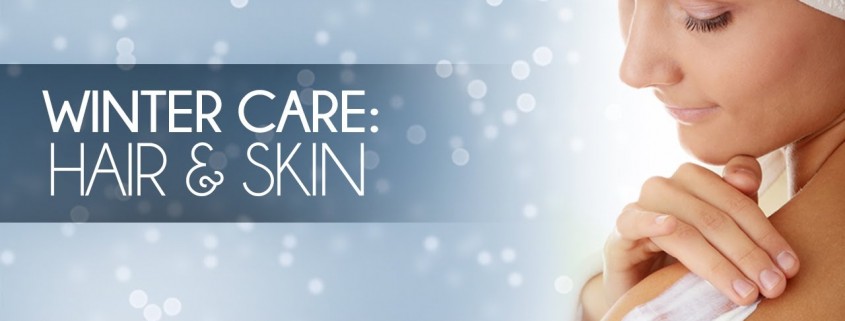Eczema and dry skin
Eczema:
We get a lot of queries in the pharmacy about eczema. Eczema is a very common skin condition. It affects 1 in 5 children and 1 in 12 adults. The term eczema is often used to describe various skin conditions such as irritant dermatitis and contact dermatitis. For this blog post I am going to discuss atopic eczema which is the one that most people are familiar with. Eczema is where the skin is extremely itchy and severely dry. The skin can appear red and irritated. It is often seen on the inside of the wrists and knees or other warm areas of the body. In babies eczema can often appear on the cheeks, forehead and scalp.
Cause:
No one knows the root cause of eczema but it is known that it runs in families. Also people who suffer from other atopic conditions such as hay fever or asthma are more likely to have eczema. Your skin acts as a barrier stop allergens or irritants entering the body. It also prevents excess water loss from the body. However in people with eczema the barrier that covers the skin is weakened and as a result there is excess water loss and the skin dries out. This can be made worse by the use of soaps and harsh chemicals.
Daily maintenance:
It is so important in eczema to ensure that the skin is well moisturised with hypo allergenic emollients. You should avoid scented or coloured soaps and shampoos. Everyone will have their own individual triggers that will exacerbate their eczema so it is vital to know what your triggers are and to avoid them. The most common triggers are extreme changes in temperature, scratchy fabrics, chemical detergents, pet hair and dust mites. Some people can be affected by certain foods, if this applies to you it is important to keep a food diary and avoid foods that cause you issues. You may also find that certain detergents and washing powders can trigger a flare up. Then general rule of thumb is that non-biological washing powders are best. It also helps if you avoid colour catchers, drying sheets and stain removal products.
Managing flare ups
While it is crucial to always ensure you are using your emollients, it is critical during a flare up. You may need to get topical corticosteroids from you GP, these reduce inflammation. These creams should be used as well as your usual emollients. I would recommend you leave 15 minutes between applying your steroid and your emollient or vice versa. Steroids creams range from mild to very potent. It is important to use steroids as directed by your GP or pharmacist and then to stop using them when the flare up has subsided. However DO NOT stop using you moisturiser as this will prevent a flare up reoccurring.
Which emollient?
The choice of emollient varies from person to person. You can get emollients in lotion, cream or ointment form. You should apply your emollient in the direction of hair growth. I particularly like La Roche Posay Lipikar as it reduces the itch as well as acting as an excellent moisturiser. The La Roche Posay range also has a moisturising body wash called Syndet which can relieve very dry skin. You can purchase the entire La Roche Posay range in store or we have a limited selection in our online shop which can be accessed using the following link;
I am also getting very good feedback about the Childs Farm range which can be used in children as well as adults. This range has fabulous shampoos and showers gels.
When you find which skincare range works for you stick with it and apply an emollient often. If you need more advice call into the pharmacy where one of our trained skincare specialists or one of our pharmacists can help.


